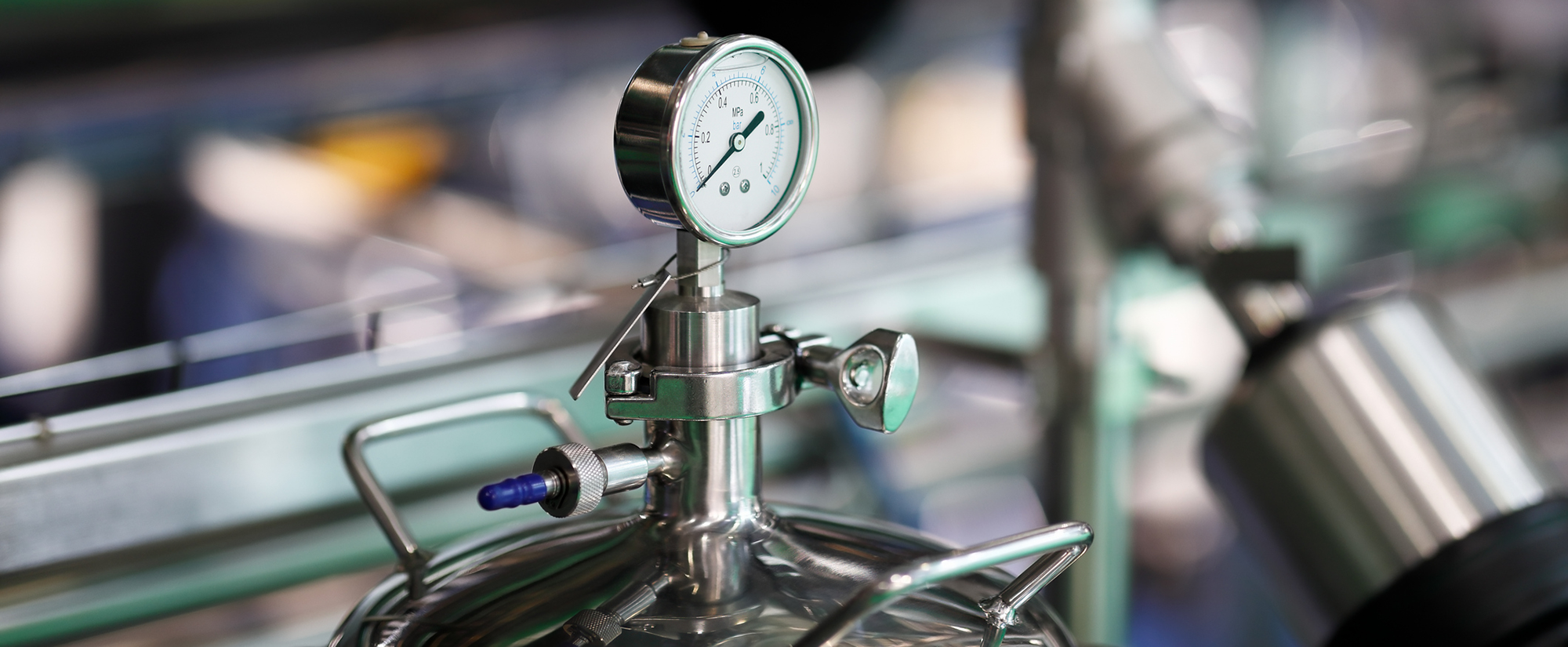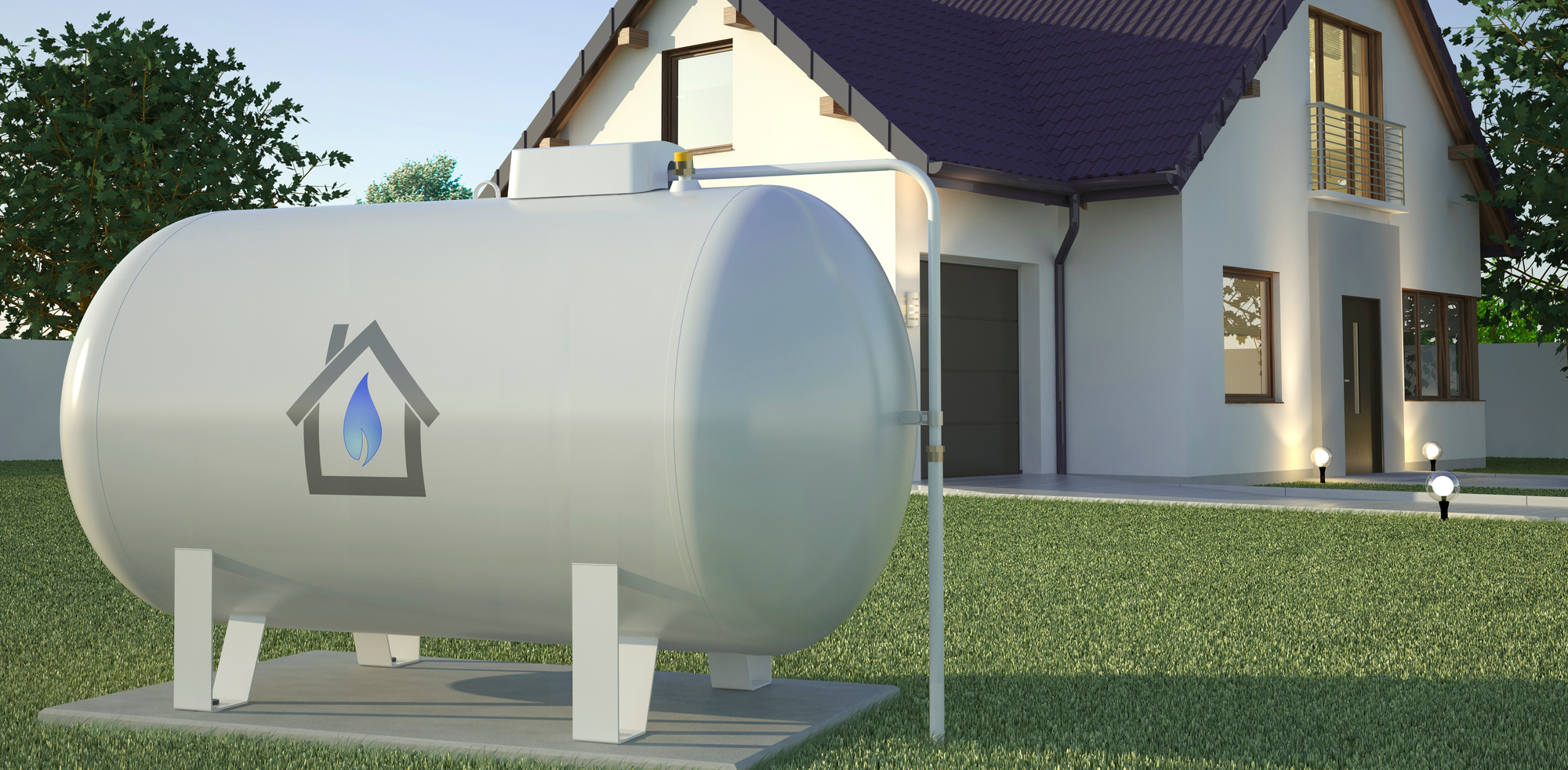“Under Pressure” - How Codes and Standards for Pressure Vessels Keep Us Safe
I’m not talking about the Queen and David Bowie song, or the pressure we all feel at times during our lives, I’m talking about pressure vessels. What is a pressure vessel and why should I care? Well, I’m willing to bet that you have at least one pressure vessel and maybe more in or around your home right now. We’ll come back to that in a moment, but let’s address the first question as to what is a pressure vessel, before addressing why should I care.

A pressure vessel is a container used to hold gases or liquids at a pressure greater than the surrounding atmosphere or at a pressure less than the surrounding atmosphere (aka a vacuum). A typical pressure vessel has two end caps or heads with a section of shell (typically rolled and welded plate) located between the two heads. Inlet and outlet connections, called “nozzles” in pressure vessel lingo, are also typically part of a pressure vessel. In addition to inlet and outlet nozzles, there are other connections used for instrumentation (i.e, temperature, pressure, liquid level, etc.). Pressure vessels are widely used in the petroleum/chemical industry, pharmaceuticals, power generation. Most of the pressure vessels used in industry will be welded pressure vessels. This means that the individual components, heads, shells, and nozzles are joined together by welding.
The design and construction of pressure vessels is governed by the American Society of Mechanical Engineers (ASME) Boiler and Pressure Vessel Code (B&PVC). The code mandates the formulas to be used to determine the thickness of the various “pressure parts” of the vessel, as well as acceptable materials of construction. In addition to design, the code also establishes criteria for the fabrication, inspection, and testing of pressure vessels. Various safety items, such as a pressure relief valve, are required by the code to be installed on every pressure vessel. The purpose of the pressure relief valve is to prevent the pressure vessel from being pressurized beyond its maximum allowable working pressure or MAWP.
The B&PVC code was developed during the early 20th century when boiler explosions were taking place at an alarming rate with an equally alarming loss of life. On March 10, 1905, a boiler exploded at the Grover Shoe Factory in Brockton, Massachusetts. The explosion leveled the building resulting in 58 deaths and 117 injuries. In 1911, ASME formed a committee for the purpose of formulating standard rules for the construction of steam boilers and other pressure vessels. In 1915 the first edition of the B&PVC was published. The B&PVC code is still published today and has been adopted by law, as the standard for design and construction of pressure vessels within the United States, Canada, and various countries around the world.
Now, back to that pressure vessel that just about everyone has in their home…a water heater. Your water heater is a pressure vessel. Pressure vessels are all around us if you know where to look. If you have an air compressor in your garage, the tank attached to the air compressor is a pressure vessel. If you live in a rural area, you may have a propane storage tank, that is also a pressure vessel. One of the most well-known types of pressure vessels is a boiler. Some of you may have one of these as your source of heat for your home.

Due to continued research, materials testing and the wide acceptance of the ASME B&PVC, tragedies such are the Grover Shoe Factory are a rare occurrence today.
About the Author
Kyle T. Minden, P.E. is a consulting engineer with our Kansas City, MO office. Mr. Minden provides consulting services in the areas of design and performance of machinery and machine components, pressure vessels, fracture analysis, metallurgy, fire protection sprinkler systems, materials, and component testing, and infrared thermography... You may contact Kyle for your forensic engineering needs at kminden@edtkc.com or (913) 449-4953.
Learn about how EDT Forensic Engineering & Consulting approaches fire and explosion analysis, scope of damage, and forensic engineering by assigning a file today.

